A look at motor planning with helpful tips to address it with your child.
Play Ideas for Babies and Young Toddlers!
I have compiled some of my favorite activities to engage with your baby. These are developmentally appropriate ideas that promote motor development, visual skills, sensory perception and most importantly, foster connection with your little one.
You have heard that tummy time is essential for babies. I have a whole blog post about it here! But being on the tummy is important for years, even as your baby develops in a toddler. Engaging in games on the floor is so important for visual tracking skills, building the shoulder muscles, tactile discrimination on the hands, and bimanual coordination. So what can you do? There are so many great black and white high contrast cards and books that are available for babies that stimulate their visual discrimination.
And this soft mirror is always a favorite for babies to look at while on their tummies!
I always loved having a shallow basket available for my kiddos to explore while on their tummies. This serves a few purposes. First, it encourages reaching which requires a weight shift-exactly what kiddos need to do to crawl. Having various textures also increases tactile discrimination. And lastly, this basket encourages visual motor coordination and eye teaming skills! And I almost forgot, it is also great for building language and joint attention. Label the items as your child explores. Although they aren’t speaking words to you, this facilitates communication skills with another person.
Bubble wrap is a fun texture for your baby to explore while working on their “tummy time.” Be sure to tape it down and supervise your kiddo so that they do not pull it off and begin to mouth it. Babies are stronger than we think! The sound the bubble wrap makes when it is touched creates the beginning exploration of cause and effect. The texture will be novel for your kiddo and stimulate their tactile system.
This is another fun activity that also requires adult supervision at all times. Ping pong balls are so fun for your little one to attempt to crawl after. The sound and the erratic way in which they bounce are great ways to explore cause and effect, visual tracking, encourage crawling, weight shift and reaching!
These can be something a little one could choke on so you must be vigilant!
Exploring textures is one of the things babies love to do. Securing a piece of cellophane to their highchair tray is very entertaining for them. You can place an item underneath it for them to move around or even try this with a plastic zip-top bag to mix paints, move around an item in hair gel, play with water beads or other items that they would otherwise potentially put in your mouth.
*Again, although it is secure, be sure to supervise your child to ensure that they do not obtain a piece and place it in their mouth.
Empty containers, mason jar rings, wooden spoons… these are all great ways for your little one to explore cause and effect, bilateral coordination, developing their core muscles while sitting in a supported manner, reaching and weight shift! There is so much happening for them with a simple activity like this!
As your child gets older, one of the ways we want to see them progress through movements is the ability to squat. This is essential for moving from sit to stand and builds key muscle groups. Encouraging squatting with toys at different heights is one way. A fun activity is to save a canister like a coffee can and cut a hole in the lid. A coffee creamer container also works well for this! Next, have your kiddo pull off clothespins at a higher level or grasp Pom Poms or other various items and push or drop them into the container. This is great for learning cause and effect, tactile discrimination, problem solving, bilateral coordination and of course moving from standing to squatting!
This position on hands and knees is one of the movement progressions that is so important for kids. Continuing to engage your child to move into this position well into their toddler years provides so many benefits. This is a precursor to crawling but this is also how babies learn to use the two hemispheres of their brain, understand visual relationships, use the eyes in a coordinated manner, develop proprioception or awareness of the muscles and joints in the body, shift weight, build tactile perception, and most importantly, explore the world around them!
I love baby pools for so many things including a makeshift ball pit! You can cut up a pool noodle too and add it in for a different texture. I must caution however that if your kiddo puts the pool noodle in their mouth, they could take a bite out of it! You can also use a laundry basket for an easy ball pit! There are so many ways to work on bilateral coordination, label colors for your kiddo, roll a ball to them. As they get older, invest in a play parachute for even more fun and add the ball pit balls to the fun too!!!
It is important to note that while engaging your child in some of these various movements is important, it is also critical to observe them. Be aware of when they are overstimulated. This does not always mean crying. It could be turning away, grimacing, no longer exploring the objects. Babies have a very limited span for their attention to stimuli and being aware of their cues, talking to them, varying their position is critical to their sensory processing and building their own internal awareness of regulation and sensory needs.
Please share this if you know someone with a young one at home. And as always, reach out with any questions!
Sunday Snippets
What is giving you life these days? We are making sure to get lots of fresh air everyday, even in the rain. One of my favorite activities side walk chalk on wet pavement!
We are attempting this ice cream recipe- what a fun way for kids to make a sweet treat!
My first grader is losing motivation for distance learning. Here are some fun activities we are turning to for engaging, movement-based activities!
Throw balled up socks at sight words written on foil, then crumple the foil into balls for a bilateral activity and make another game with those foil balls!
Make squares with sidewalk chalk for each letter of a word to practice writing and spelling.
Make it big- use a big piece of paper with familiar names, sight words, letters, what have you for your child to circle or match with corresponding cards!
I am loving this instagram account…
Sunday Snippets
Be on the look out for sidewalk chalk obstacle courses! I will be leaving them around town in Los Gatos! Tag me if you see one and play! #otoutsideobstaclecourse or perhaps make some in your neighborhood for all of the kiddos!
We found some very cool treasures on an adventure to a nearby creek and will be making these!
This is our favorite air dry clay- and the options are endless for how to create from pinch pots, beads, animals, hearts, birds in a nest… The white is fun because you can paint it but this colored set of air dry clay is so vibrant!
I like this way of scheduling out the day for kids during this pandemic- post-it notes have been very useful for us!
Did you know that I have an Amazon storefront? I spent some time organizing it and adding lists and items- be sure to check it out for some great materials to help you as you raise, teach and engage with your kiddos!
These are delicious and a great way to get kids helping in the kitchen and excited about food!
The Benefits of Writing and Working on a Vertical Surface!
Do you know why preschools use easels? There is an absolute functional purpose to them and they are a goldmine for developing critical skills! You see, when kiddos work on a vertical surface they are gaining so many developmental benefits!
A recent study published by the American Journal of Occupational Therapy compared a small group of students working on a vertical surface (wall) and a horizontal surface (desk). While accuracy was not improved, speed and fluidity of movements improved when working in a vertical plane. The upper trapezius muscles were also activated while writing on the vertical surface.
So what does this mean?
When writing or working in a vertical plane, the muscles of the shoulder girdle and core are turned on. This can lead to increased muscle control as well as improve visual tracking and eye convergence skills.
Standing up can help fidgety children sustain their attention and engage in learning moreso than when they are seated!
A vertical surface improves bilateral coordination! Have you tried doing anything on the wall with just one hand? It is so hard- a stencil, reaching up to change a light bulb, washing a window or mirror… all of these tasks are better performed with one hand stabilizing and one hand doing.
The wrist is placed in extension and encourages better control of the fingers.
Working against gravity provides a great strengthening activity!
Working on a vertical surface assists with directionality and spatial awareness.
While doing big movements in various directions, your kiddo is working on crossing their midline which helps with handedness, and gets both sides of the brain working together!
So what are some other ideas of things you can do in a vertical plane?
I love taping a cardboard paper towel roll or toilet paper roll to the wall and having kids make a ball run or ball drop with pom poms or other small balls- added bonus if done in a tall kneel position to build core strength.
Try a spray bottle!
Bath crayons make writing so fun- so do window crayons!
Use shaving cream on a wall or easel.
Try Squiz on a wall or window- even in the bath too!
Window clings or reusable stickers are loads of fun!
Contact paper is fantastic for little ones with the sticky side out for sticking various materials to it!
And of course, one of my favorites is painting a wall with water!
This post contains affiliate links
References
Portnoy, S., Mimouni-Bloch, A., Rosenberg, L., Offek, H., Berman, T., Kochavi, M., & Friedman, J. (2018). Graphical Product Quality and Muscle Activity in Children With Mild Disabilities Drawing on a Horizontally or Vertically Oriented Tablet. American Journal of Occupational Therapy, 72(6), 7206205040p1-7206205040p7.
Korbey, H. (2014, October 21). How Standing Desks can Help Students in the Classroom. KQED Mindshift.
https://www.kqed.org/mindshift/38120/how-standing-desks-can-help-students-focus-in-the-classroom
Sunday Snippets
I hope you are hanging in there. There are some really wonderful light moments and some very dense hard ones, huh? My heart sank a little as my daughter asked, “will I get to go back to first grade to see my friends?” While we all have different hard questions to answer, we all have this paradox of hard moments co-existing with wonderful delights. I love not rushing off to the next event, everyone is home for dinner, and I can savor the moment with more presence. But some days are filled with such big emotions from all of us, knowing that we need to strategize for the next grocery store run, and the social isolation can feel dense. In these paradoxical moments, I find comfort in knowing that the whole world shares this common experience. Sitting with that fact sort of blows my mind. At the end of the day we all share this common bond despite shelter-in-place looking so different for each of us. We all have long exhausting days filled with uncertainty and hard questions to answer but the same sun rises and sets over each of us as we all put one foot in front of the other to get to the other side.
I love this idea for Earth Day on Wednesday! I’d love to write words on one side that promote healing for the Earth.
I’m loving these to promote the appropriate grasp for little toddlers!
We will definitely be doing this in my telehealth OT sessions this week! But we will add a twist and walk the ball up the wall with our feet! Great for kiddos and parents!
Try building a tower with pieces of cardboard! Cut slits to fit the pieces together - it is a great way to build bilateral coordination skills, problem solving, and finger strength!
My friend over at Children’s Lit Love recommends fabulous books and shared a fun activity that worked on building hand strength while making pancakes! After reading Pancakes for Breakfast they got busy maing pancakes! What a fun activity for pandemic life!
Have a great week! Tag me if you try any of these activities!
Sunday Snippets
How are you holding up? Between worry about how long this will go on and what this means for the global economy and our future, I also find myself loving the slower pace. No expectations to be somewhere, intentional time at home spent playing games, building forts, and walking outside. But the new routine and pace is also overwhelming at times. I feel overwhelmed by the onslaught of lesson plans and managing keeping a 4 year old busy while tacking online learning at home with a first grader. What helps me is realizing that we can only continue to show up, be present for our kids, smile with them and reassure them of our love during these uncertain times.
So here are a few of my favorite things around the web and simple activities to do at home with your kiddos…
Pre-cut tape and place it on a block for easy tearing and a fun invitation-to-create for your kiddos of all ages!
Fun printables to keep your kids busy for awhile…
Typing programs for kids! This is a favorite and I’m looking forward to trying this one.…
Need a simple sensory bin? This one is an easy clean up and you might be accruing a lot of corks these days
Send some artist trading cards to a friend to start a fun collection!
My kids are having a blast with these around the house and outside!
Play dough, scissors, and some letter beads are the perfect activity to build hand strength, scissor skills, tactile processing, and spell your name or sight words!
I am comforted by the way people are coming together, Zoom play dates are happening, I’m connecting with more people than I ever had in a week!
We got this!
The Importance of Crawling
As an OT, one of the questions we always ask when obtaining a developmental history is whether or not the child crawled. We ask this because crawling is so critical to development. Crawling is this amazing trifecta of sensory systems coming together. It integrates the visual sense, proprioception, and tactile senses. Involved in crawling is motor planning or sequencing the steps the body needs to put into place to propel forward. Bilateral coordination is what makes it all happen and you have this amazing collaboration between the senses that delights both the child and parent!
Crawling is beneficial for developing gross motor skills and build a proximal base of support. You cannot have efficient fine motor skills without this strong base of support so it is essential to move the body to build this strength. Crawling builds these proximal muscles at the center of the body which in turn also facilitates the muscles that we use for breathing, eating, and talking.
Crawling also helps to integrate some of our primal reflexes such as the ATNR that develops in utero and the STNR which develops around 6 months of age to help with crawling. If these reflexes are not integrated in children (this happens when there is not enough tummy time or crawling), problems can persist with fine motor skills, posture, crossing midline, and reading.
Now, you may be saying, “ack! my child totally skipped crawling!”
That happens… but it is never too late to get a child crawling. I even have older kiddos I work with on the floor crawling through tunnels, imitating yoga poses, playing board games on their tummy, weight bearing on one hand and doing something with the other hand. All of these activities contribute to building the skills that develop with crawling. So the lesson is not to worry about the past but set your kiddo up with some fun activities to get those senses working together.
Did you know that crawling helps with reading too? When children crawl, they are integrating both hemispheres of the brain, the eyes are working together, visual tracking is happening and these are the same things that happen when we read!
So what can you do to get your kiddo crawling? Well, one of the best tricks in the book is to get a cup of coffee or tea or whatever beverage you prefer, sit on the couch and put your legs up on the coffee table. Drape a blanket over them and invite your kiddos to come crawl through the tunnel! It is simple, fun for them, and a way to connect AND get them crawling! Now expand this to help motivate your kiddo through their morning routine, “Hey can you crawl to the bathroom and meow like a kitty?” I don’t know about your kids, but my 5 year old goes through phases of loving to pretend she is a baby again or a cat or a dog. Use this phase as an opportunity to encourage crawling!
I always have a tunnel on hand for rainy days, the witching hour, OT sessions, and tot group! This is a favorite tunnel you can snap up on Amazon…
Use what you have around the house and lay out a piece of bubble wrap or foil for them to crawl over. For little kiddos you can make a sensory box for them to crawl through and touch different textures inside (carpet pieces, cotton balls, bubble wrap, corrugated cardboard, felt, flannel fabric…)
You can also make fun games like hiding items or letters or numbers written on post-its under chairs so kids must crawl to look under. This is a super fun way to jazz up homework! Just send your teacher a note to tell her you adapted the worksheet to make it multi-sensory!
These foam wedges are great for young crawlers and toddlers and can be used in fun obstacle courses and games around the house! As your kiddo gets older, you can also get a wide wood plank and set it up outside for some natural crawling obstacles!
So if you do nothing else this summer, focus on getting outside and playing back to the basics with crawling in the grass or sand, sitting on the couch to relax while the kids crawl under your man-made tunnel!
I love to hear from you- shoot me a question if you have one!

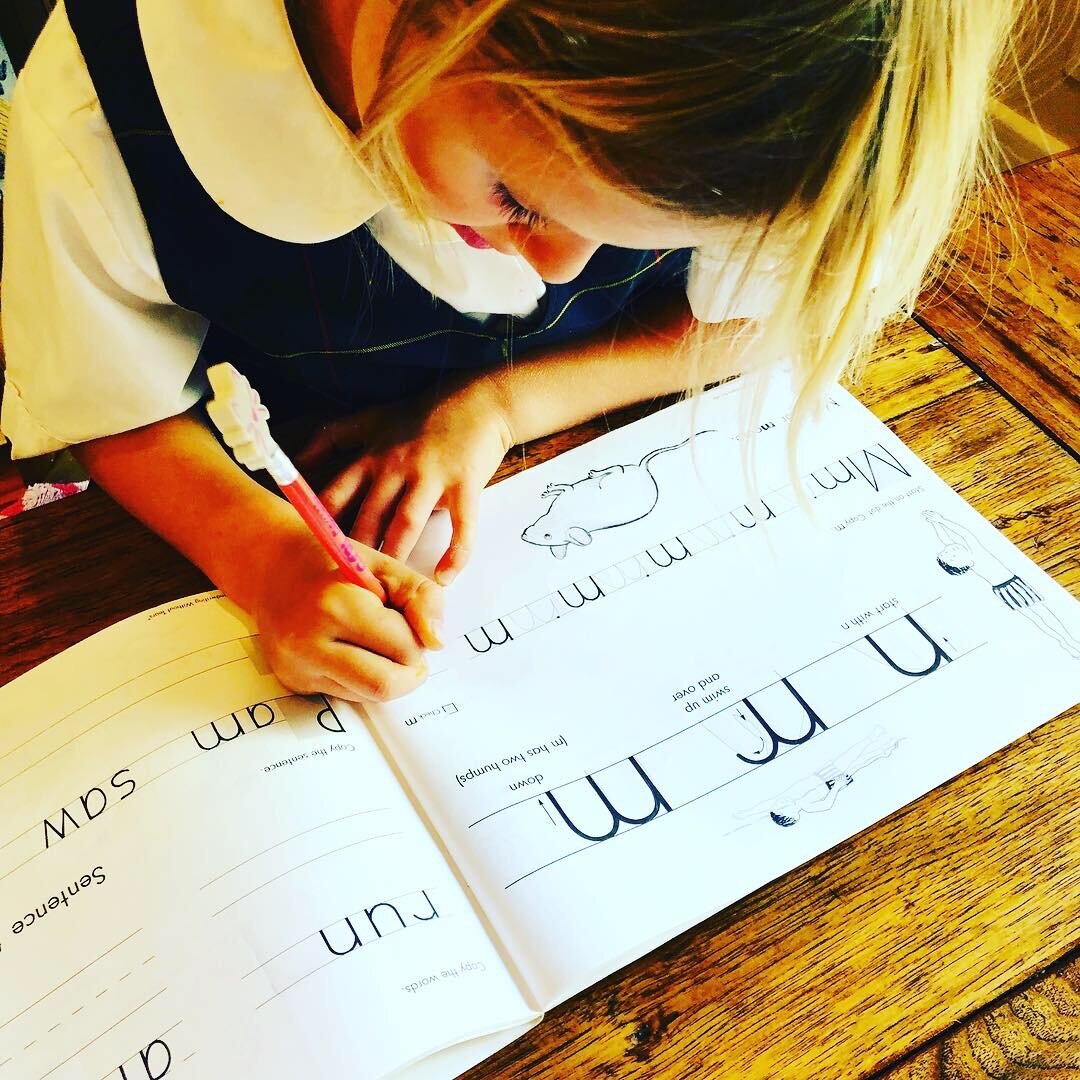


















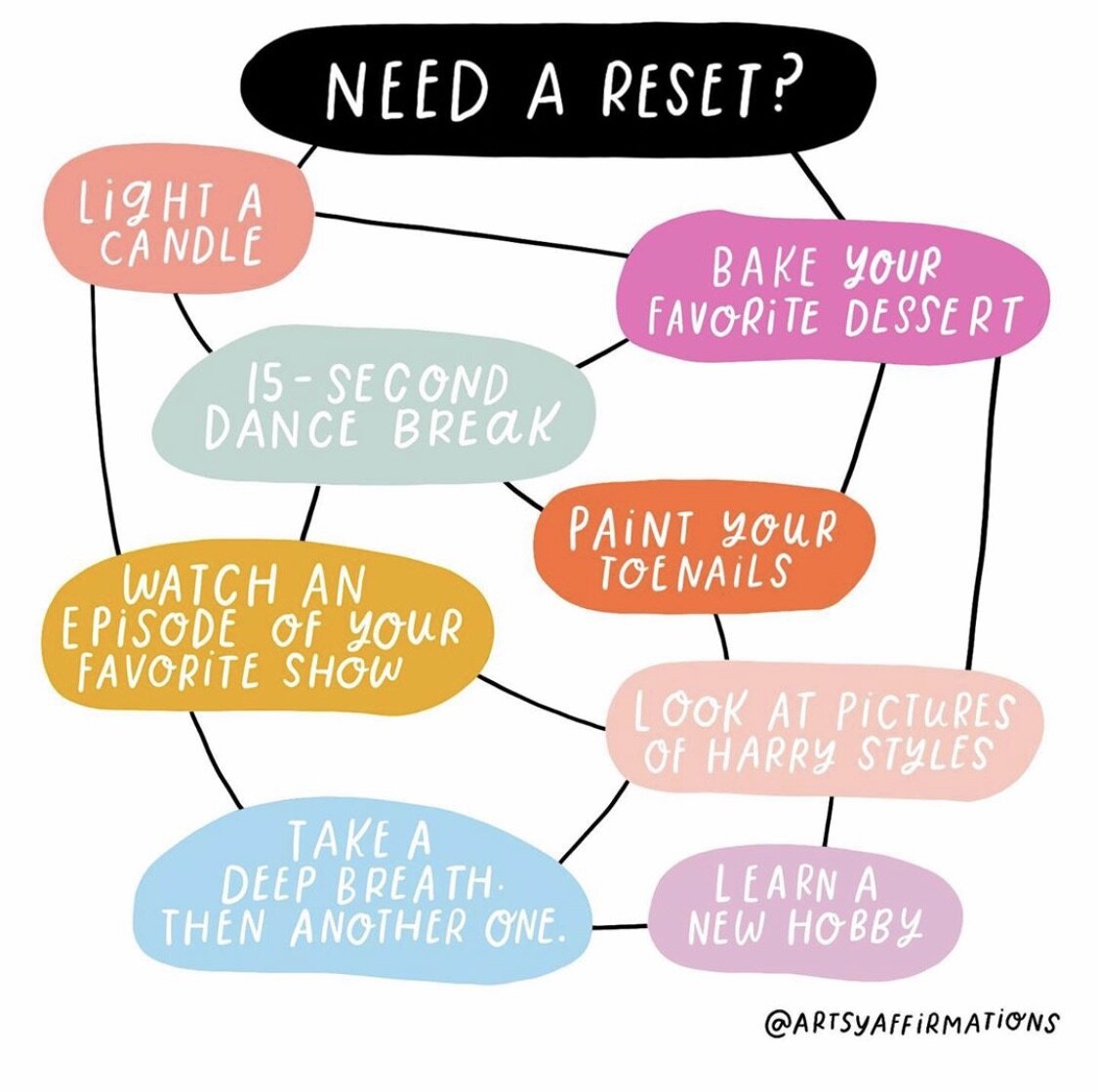


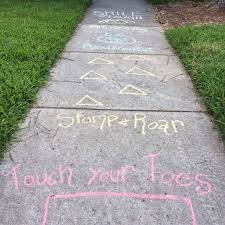






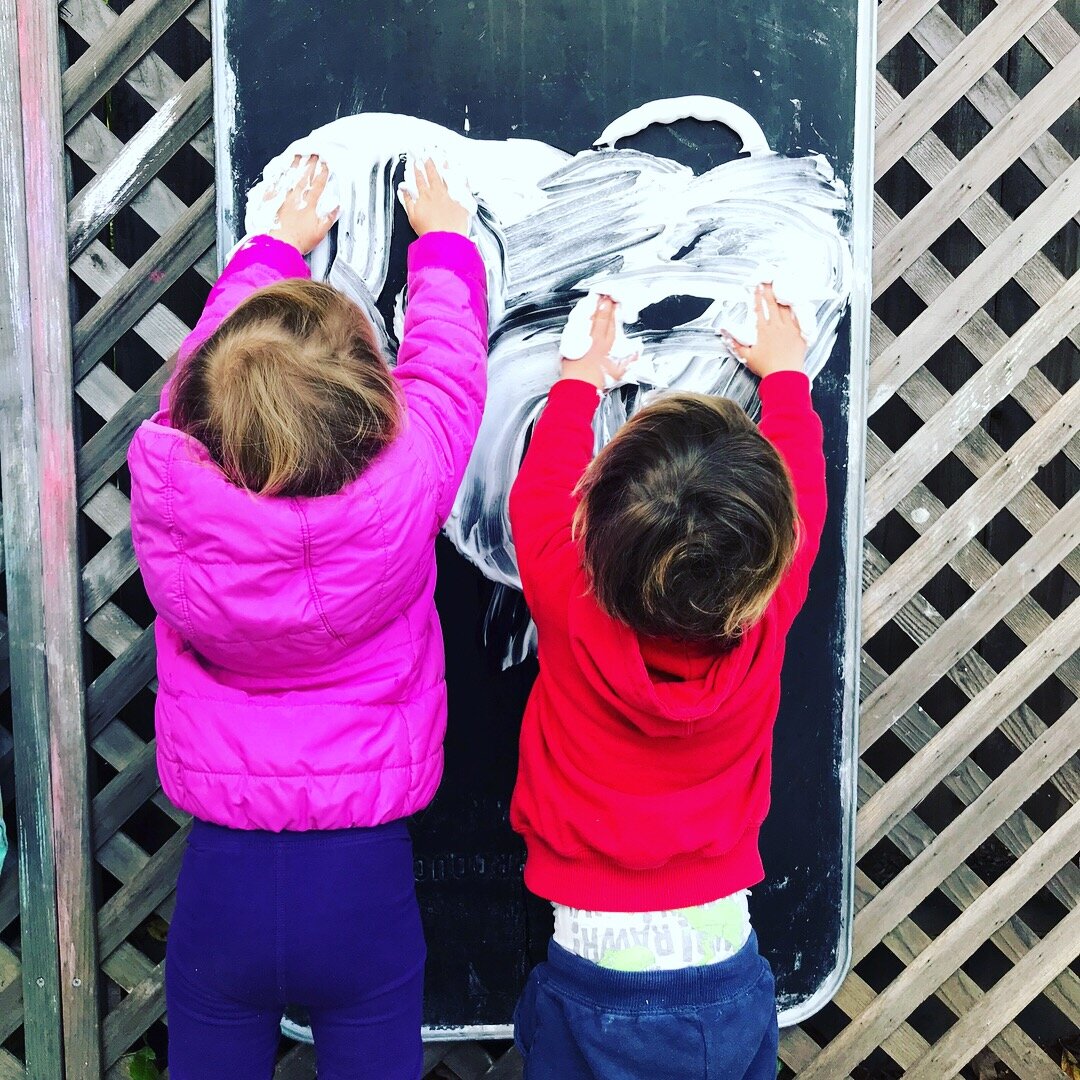




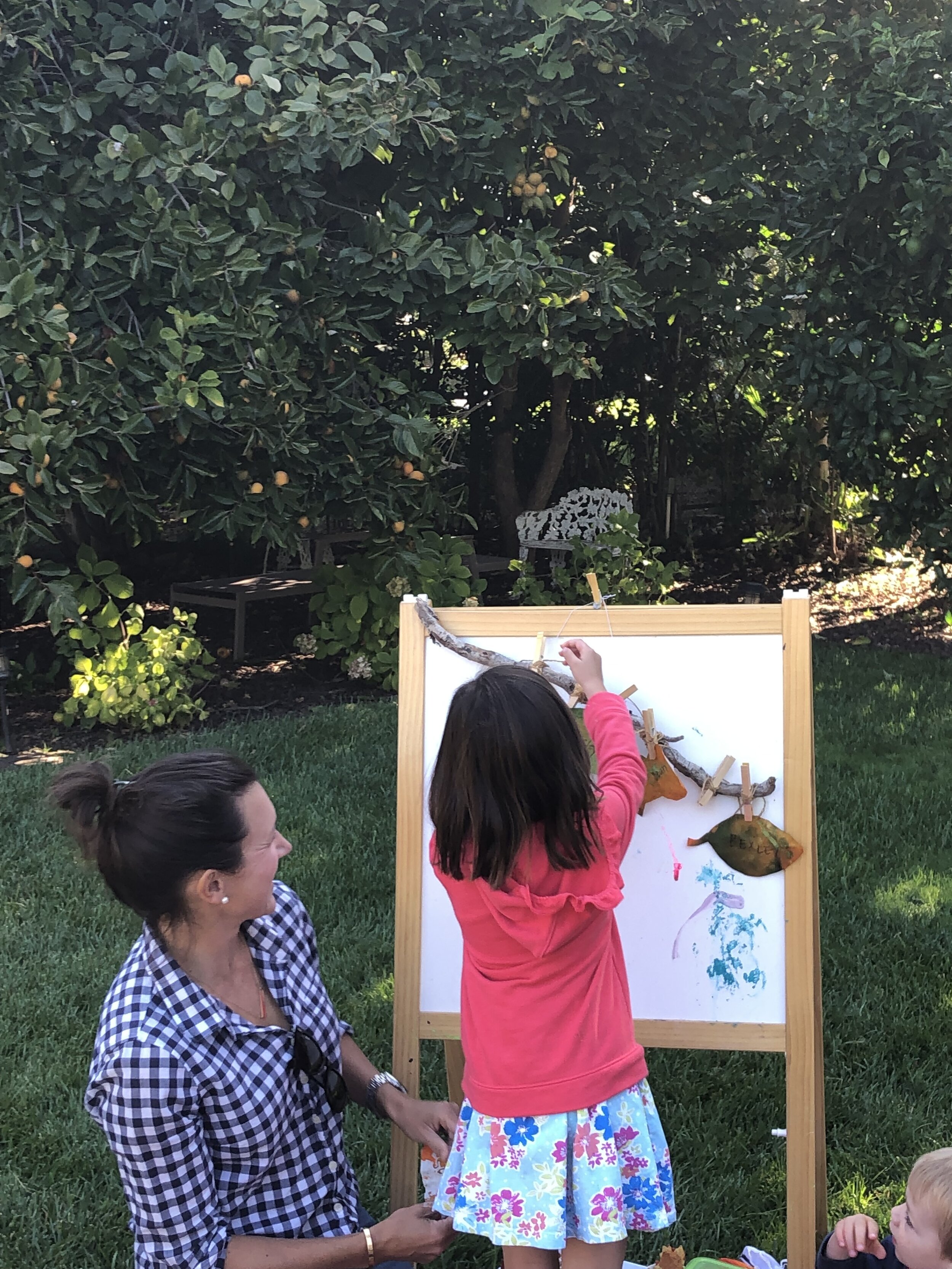














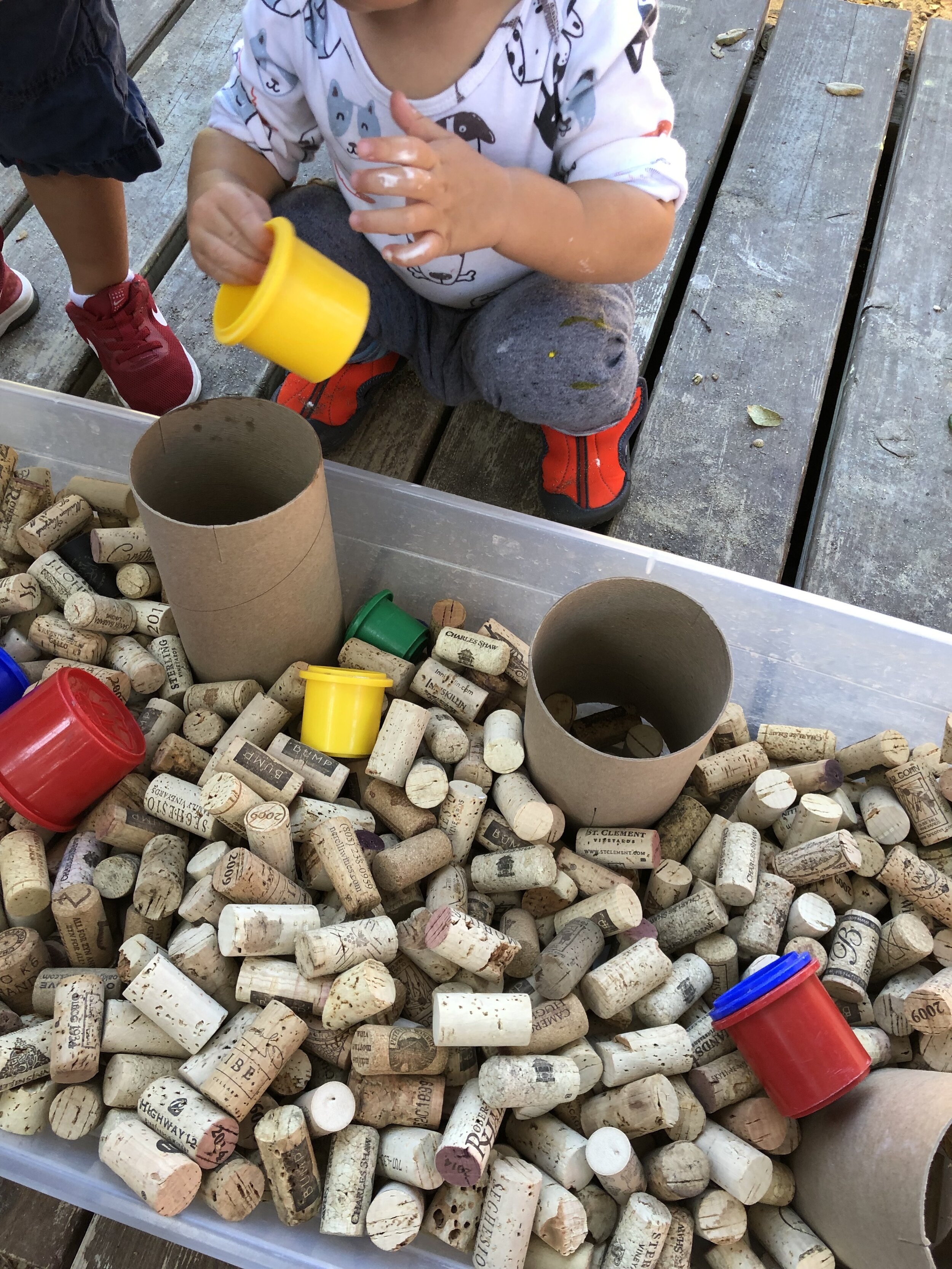













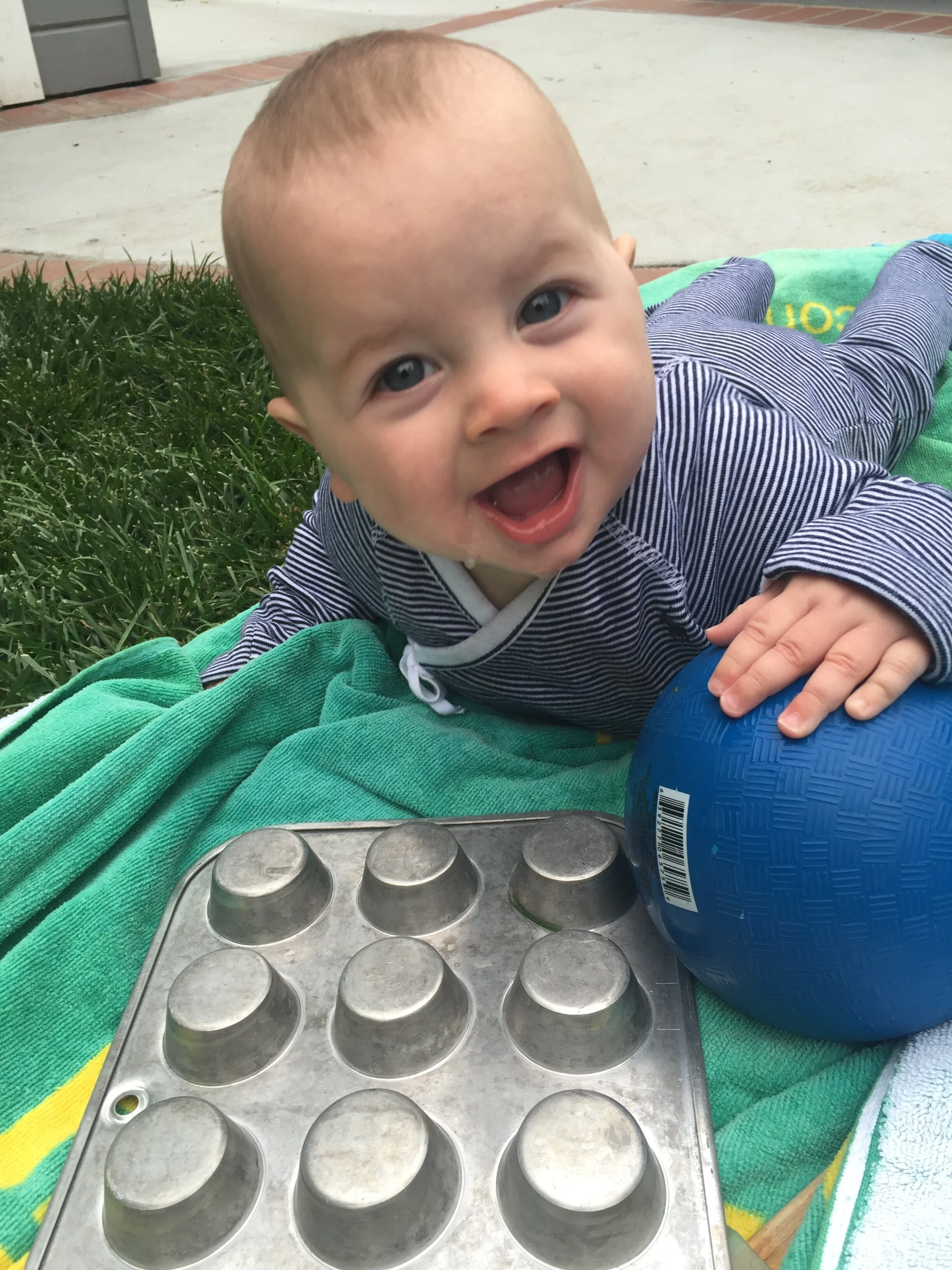
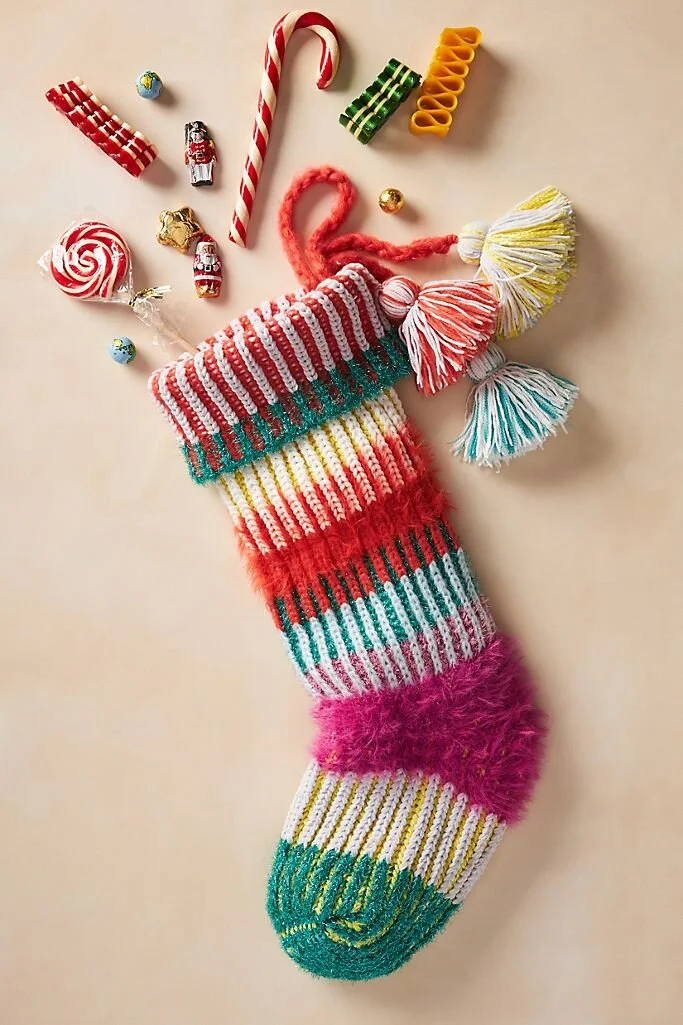
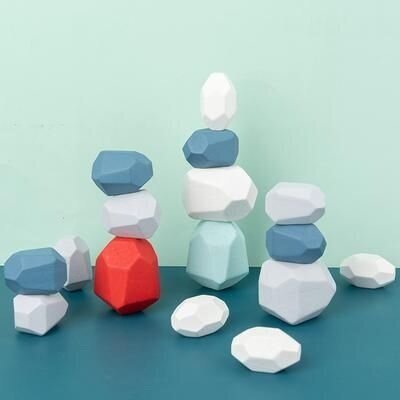
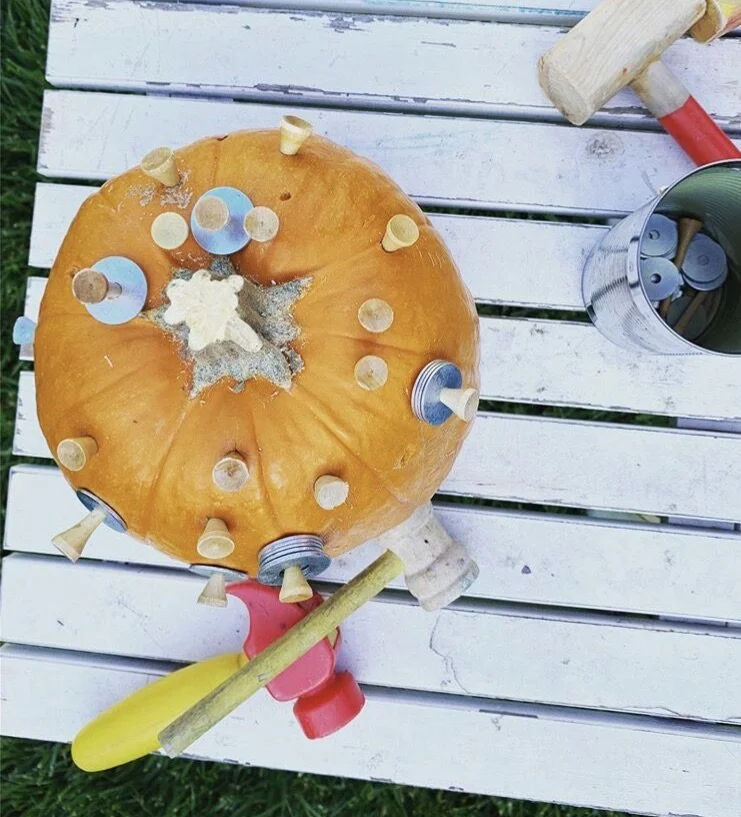






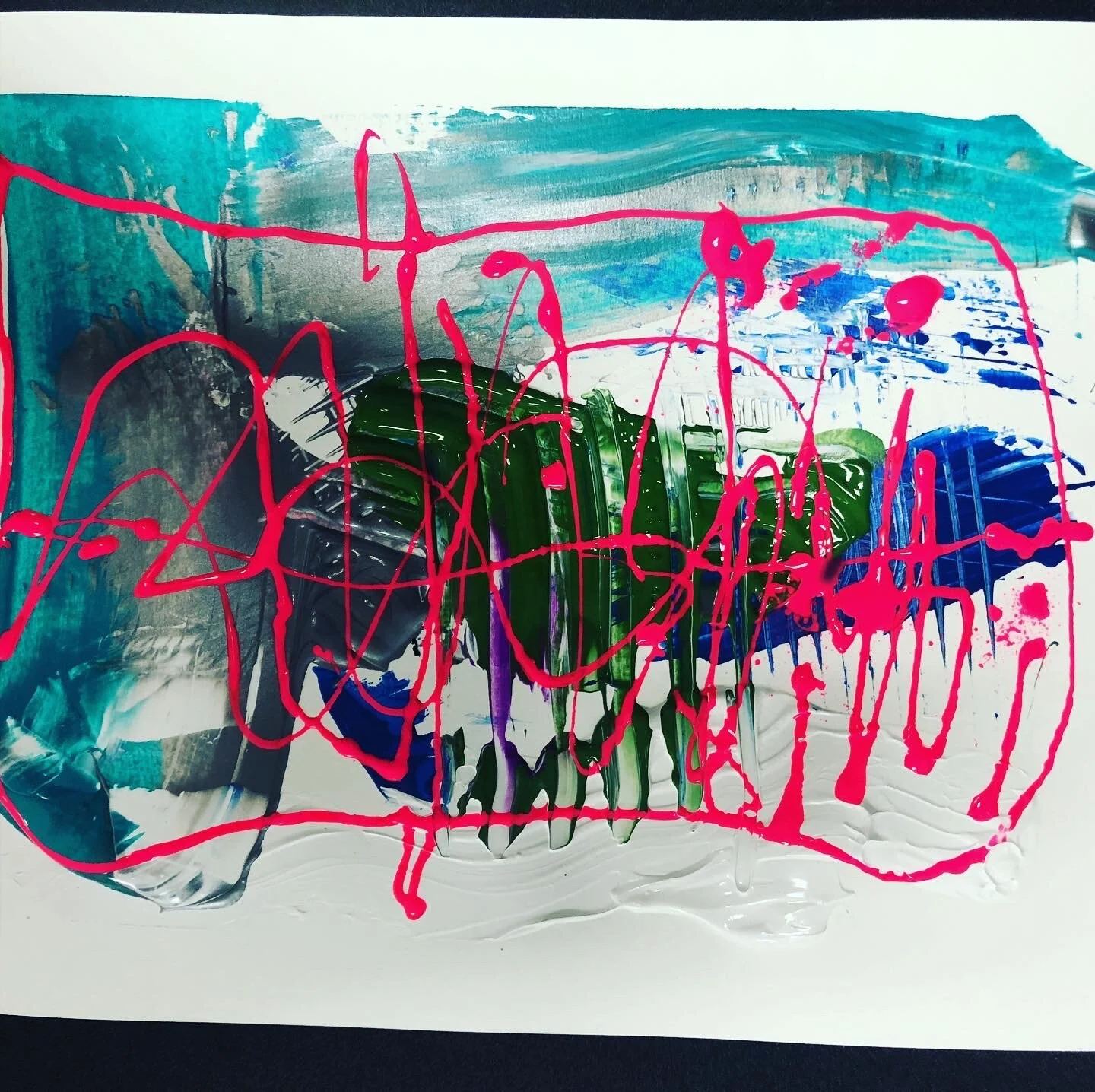
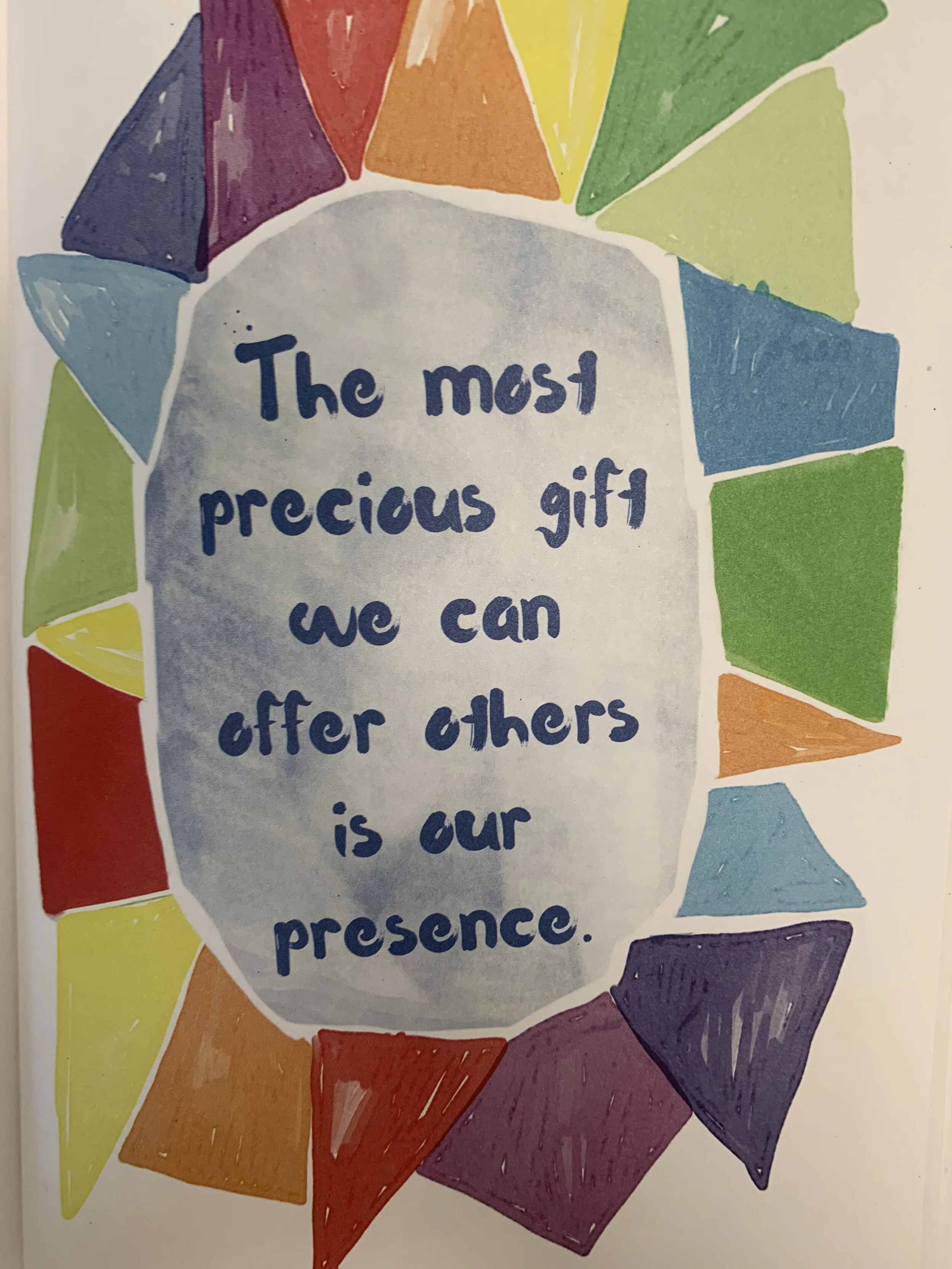


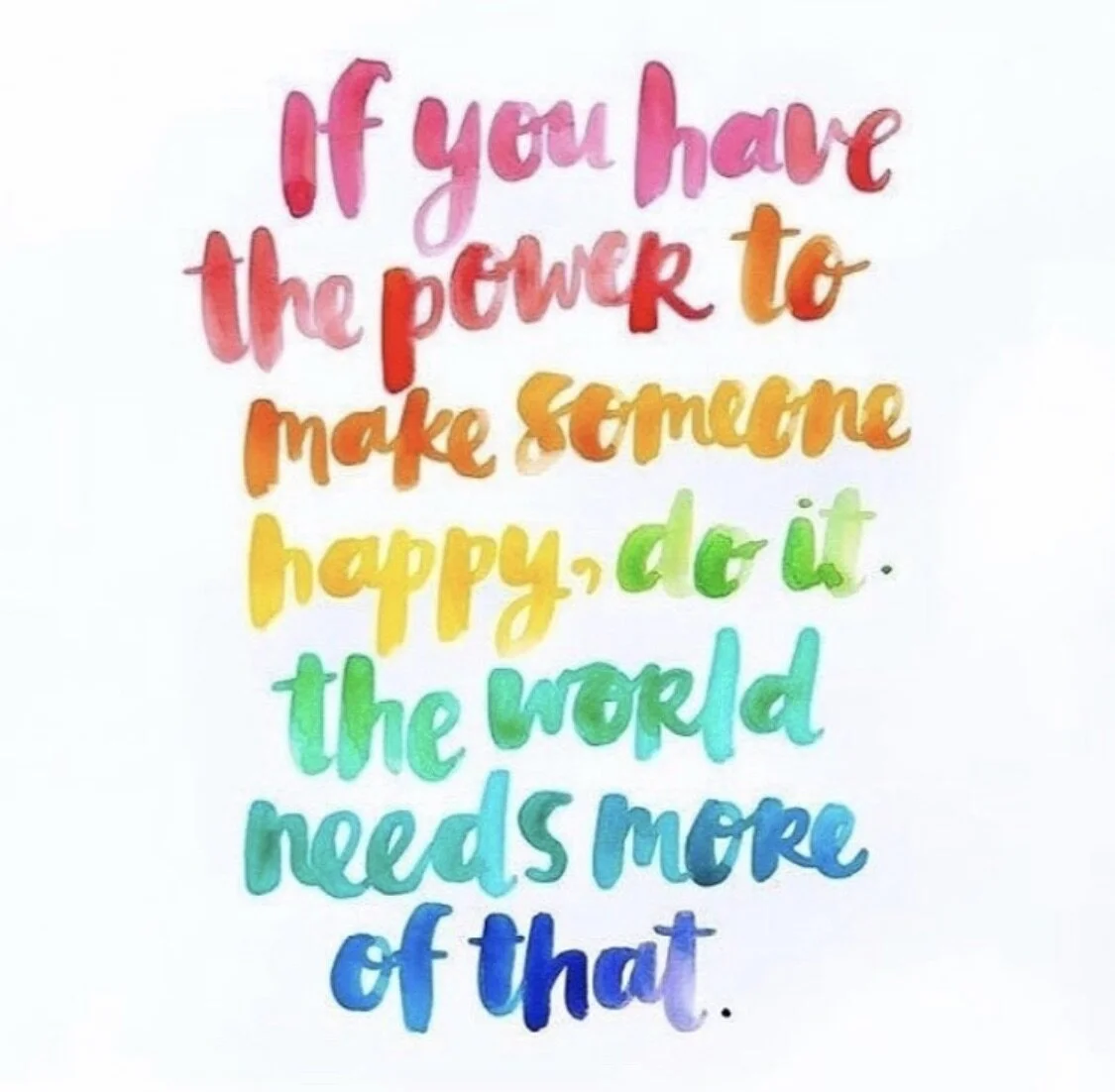
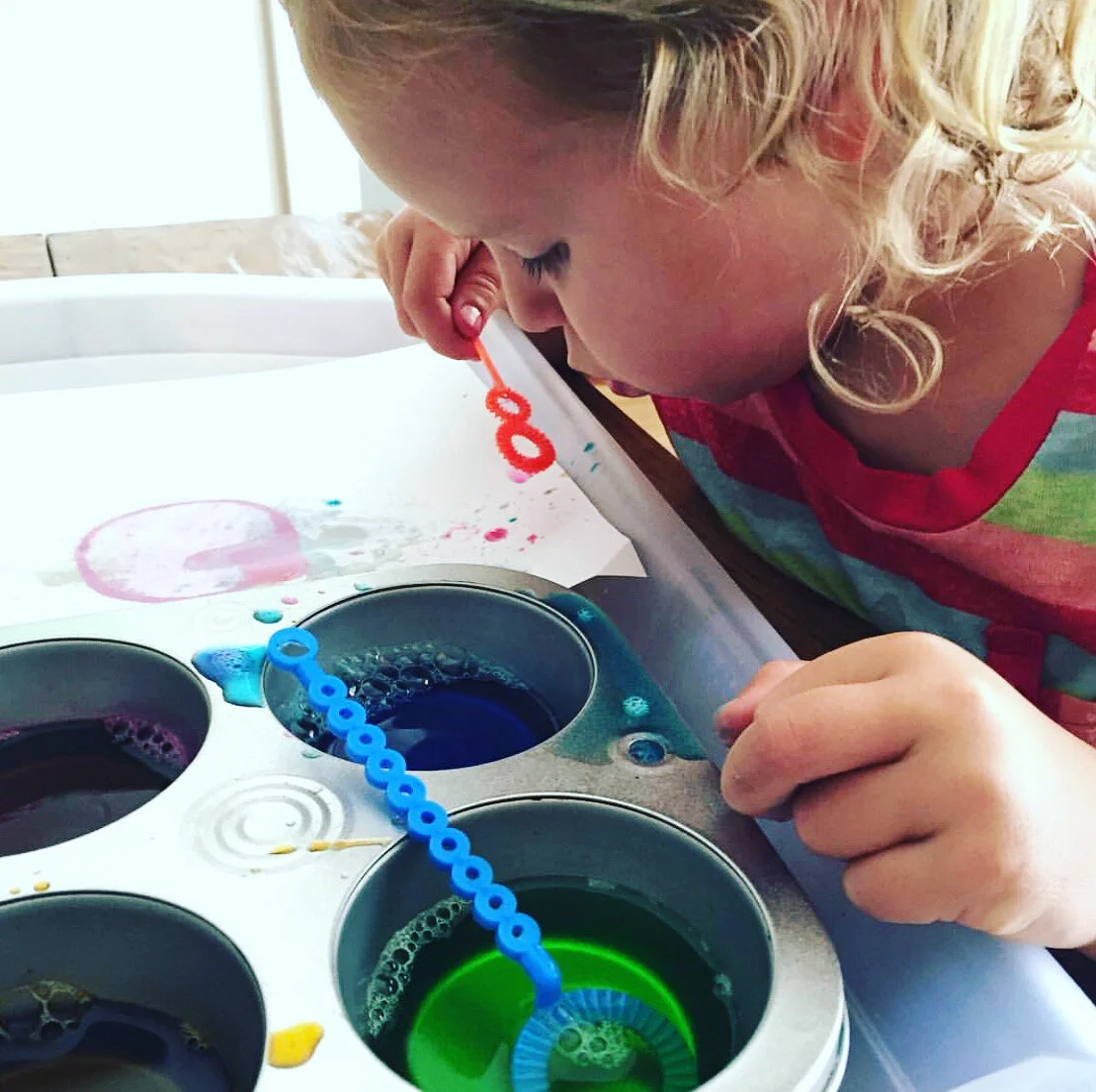


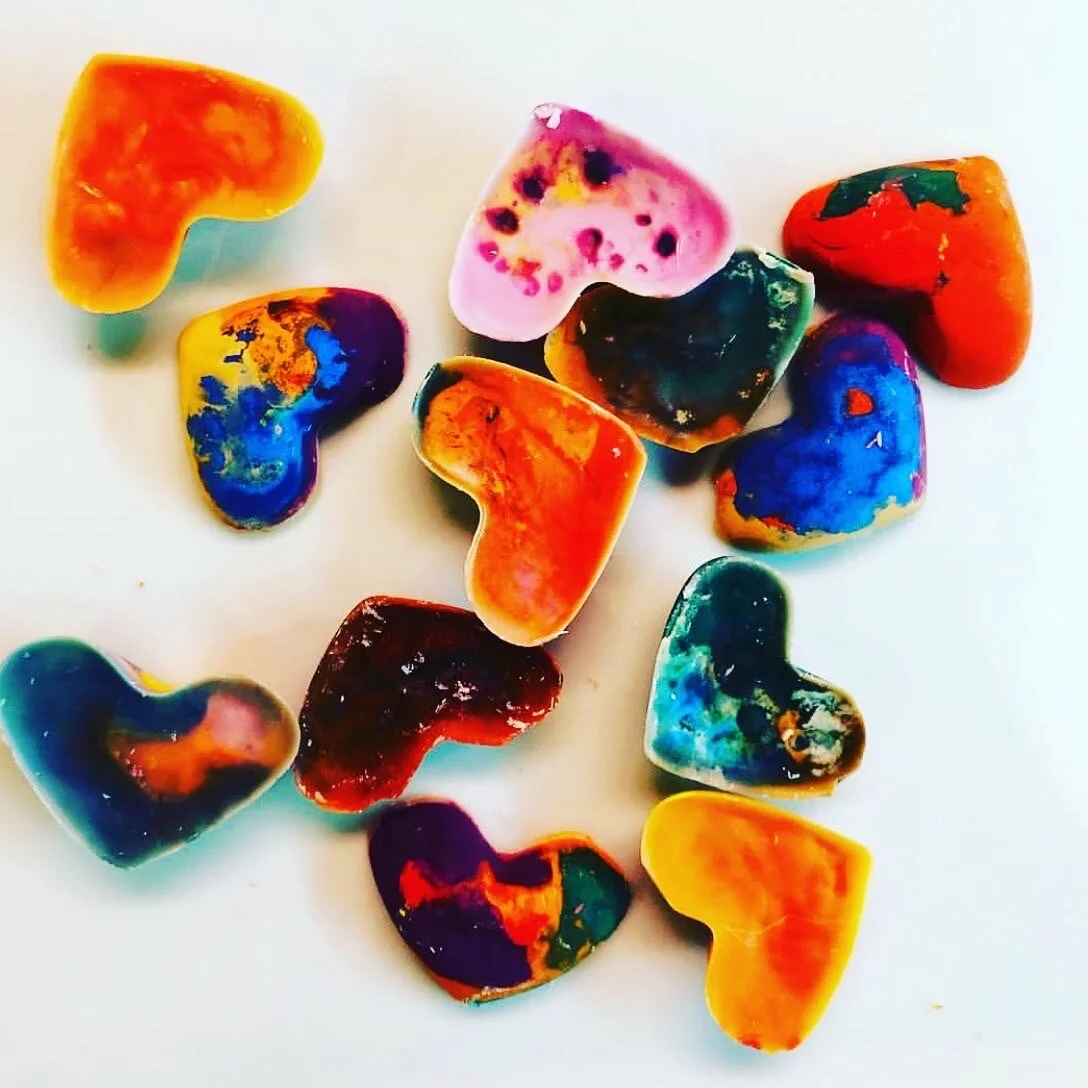
Check out some tips for helping your child with their pencil grasp.